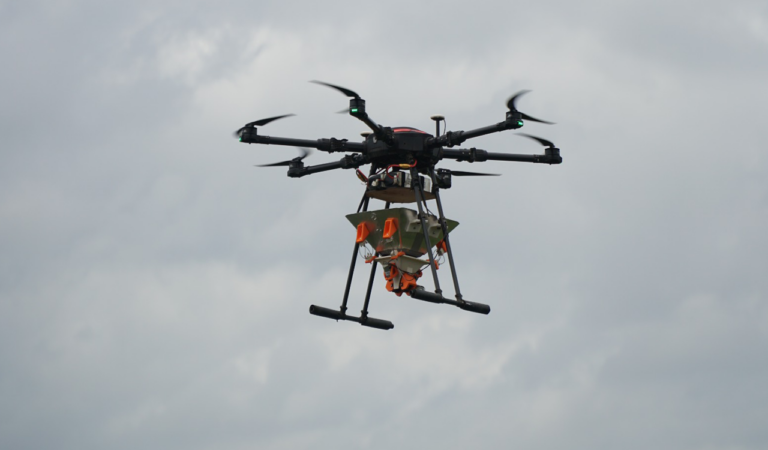As a sizable percentage of India’s drones continue to be imported, there is a need to ensure their quality control
Published Date – 28 March 2024, 12:00 AM

Though initially used for military purposes, drones or unmanned aerial vehicles (UAVs) now find growing applications across myriad sectors, ranging from transport, agriculture and telecom services to disaster management and last-mile delivery of healthcare services. So far, drones are being treated as a category of aircraft and governed by regulations made under the Aircraft Act, despite the fact that they are totally different in application and working. Drones have huge potential in fast-growing economies and the job market, warranting due attention from policymakers. A comprehensive special law on all matters relating to drones along the lines of the Motor Vehicles Act is the need of the hour. In the absence of well-laid-out standards, regulations and operating procedures, the use of drones in India is fraught with problems and uncertainties. While the Directorate General of Civil Aviation (DGCA) has taken the first step of framing draft guidelines for the use of UAVs in 2021, there remain several gaps that must be addressed, keeping in mind the need for balance between security concerns and legitimate uses of drones in a variety of civilian sectors. The government must be open and flexible as drone technology evolves so that India can take full advantage of the emerging opportunities. Drone manufacturers, service providers and industry experts are justified in seeking a liberalised regulatory regime. In all the countries, which have framed regulations for drones, they are allowed to fly up to 400 ft for commercial applications because there are several safety concerns with drones flying below 200 ft.
There is also a need for fast-tracking the approval systems and a policy framework for encouraging indigenous drone manufacturing and R&D. The most striking absence in the regulations is that of import standardisation. As a sizable percentage of India’s drones continue to be imported, there is a need to ensure their quality control and standardisation. Besides, there is no policy on quality control of indigenously manufactured drones. There is no focused regulation regarding domestically-produced drones and the industry is left to frame its own standards, if at all it has any. It is an alarming fact that there is no set of guidelines ascertaining the very airworthiness of a UAV. The lack of policy on quality control and standardisation for both indigenously manufactured and imported drones presents several challenges. Without quality control, it is impossible to test the digital security mechanisms of these drones. When it comes to UAVs, the question of privacy becomes an intricate problem, bringing with it the controversial debate of security versus privacy. Drones operated by non-governmental agencies pose a major threat to existing privacy laws. Most drones have constantly transmitting cameras that often operate in high definition and may lead to unintended invasions. It can also be used as a network jammer to block wireless communication in an area.




